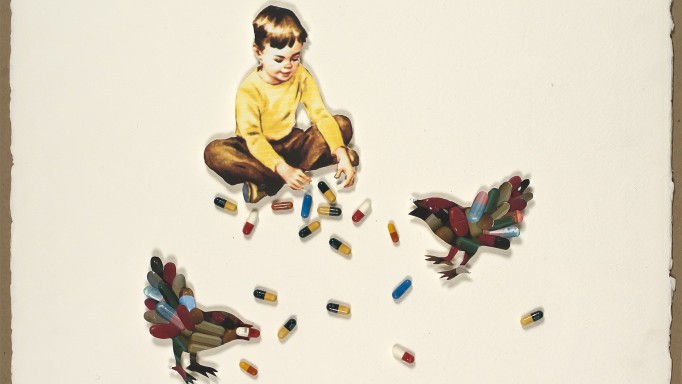Pneumocystis pneumonia (PCP) is a life-threatening lung disease caused by a yeast-like fungus called Pneumocystis jiroveci (previously dubbed Pneumocystis carinii; the name was changed but the acronym remains PCP). The infection causes pneumonia, or inflammation and fluid build-up in the lungs. More rarely, other body parts can be affected, including the skin, lymph nodes and spleen.
P. jiroveci can be readily found in the environment, so most people are regularly exposed to it. PCP rarely causes disease in people with a healthy immune system. But people with severely compromised immunity—such as people living with AIDS, organ transplant recipients and those taking chemotherapy for cancer—are more susceptible.
During the early years of the AIDS epidemic, a large proportion of people with HIV developed PCP, which was often highly fatal. Drugs to prevent and treat PCP helped reduce mortality before effective HIV treatment was available. But now, the best way to guard against the disease is to start and stay on effective antiretetroviral therapy that maintains an adequate CD4 count. If your CD4 count approaches or drops below 200, or if your CD4 percentage goes below 14%, PCP prophylaxis can prevent illness.
What are the symptoms of PCP and how is it diagnosed?
Fever is a key symptom of PCP, along with shortness of breath, pain or tightness in the chest, weight loss or general feeling of illness (malaise). Fatigue and night sweats can also occur. A dry cough that doesn’t produce mucous is also common. Since these symptoms can occur with many other conditions, an accurate diagnosis is important.
The most reliable way to diagnose PCP is to test for the fungus in sample of fluid from the lungs. This may be done was fluid that is coughed up (sputum) or collected via a procedures known asbronchoalveolar lavage. Sometimes a biopsy, or small sample of tissue is collected to aid diagnosis. A PCR blood test can detect components of fungus, but it is not specific to PCP. X-rays and other imaging methods can been used to see how much fluid has accumulated and whether the lungs are damaged, but they should not be used alone to diagnose PCP.
How is PCP treated?
The most effective treatment for PCP is trimethoprim/sulfamethoxazole, or TMP/SMX (brand names include Bactrim and Septra). This is a combination of two oral medications that fight bacteria and Pneumocystis fungus. They may be taken either by mouth or by intravenous infusion. People with moderate to severe PCP may also need corticosteroids, such as prednisone, to control inflammation.
Many people are sensitive to or allergic to the sulfur in sulfamethoxazole. Serious side effects may include fever and rash. Those who cannot tolerate SMX will likely switch to a different drug or regimen for treatment.
Other options for treating PCP include oral or IV clindamycin plus primaquine, trimethoprim plus dapsone, atovaquone (Mepron), and intravenous pentamidine. Aerosolized pentamidine is less often used for PCP treatment.
How can PCP be prevented?
People with a CD4 cell count below 200 or a CD4 percentage below 14% should consider PCP prophylaxis, medications used to prevent the fungus from becoming active and causing illness.
TMP-SMX is usually the first choice for PCP prevention as well as treatment. People allergic to SMX may undergo a process called desensitization, starting with a very small dose and increasing it over time. Other prophylaxis options include aerosolized pentamidine (NebuPent) administered via a nebulizer (a type of inhaler), dapsone combination regimens and atovaquone.
People with HIV whose CD4 count has increased and stayed above 200 after starting antiretroviral therapy can often stop PCP prophylaxis. Discuss the pros and cons of the various regimens with your doctor.
Are there any experimental treatments?
To find out if you are eligible for any clinical trials of new therapies to treat or prevent PCP, visit ClinicalTrials.gov, a site run by the U.S. National Institutes of Health.
Last Reviewed: March 1, 2023














